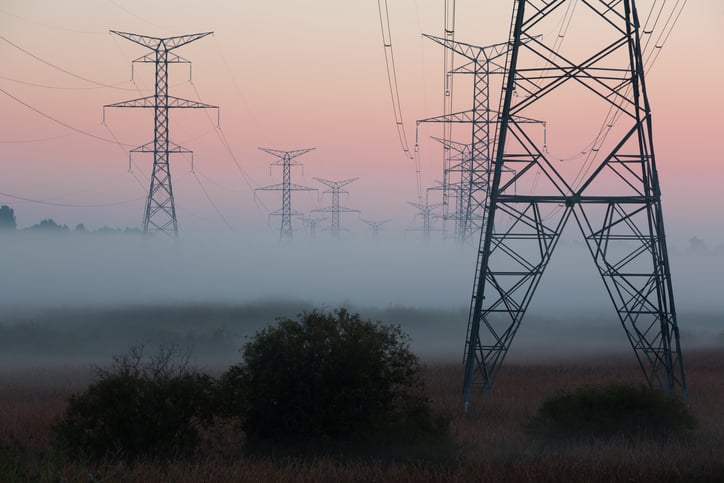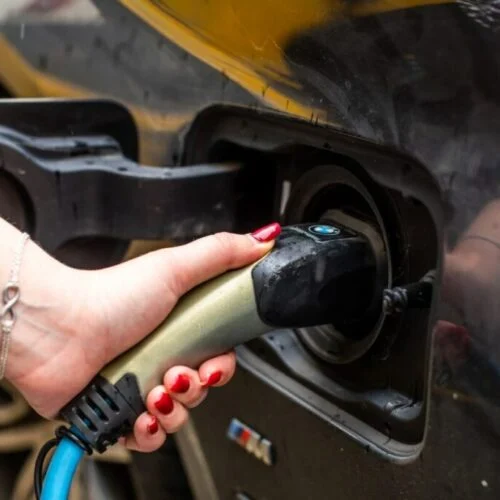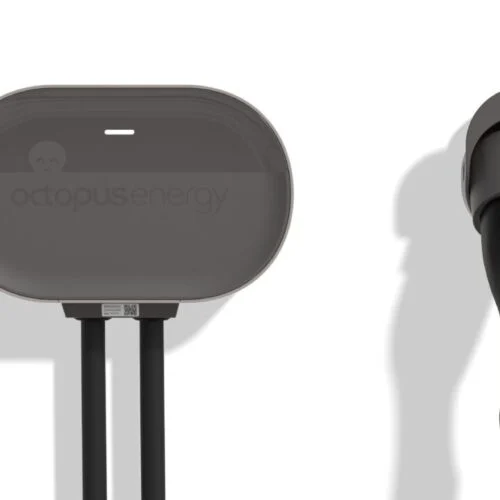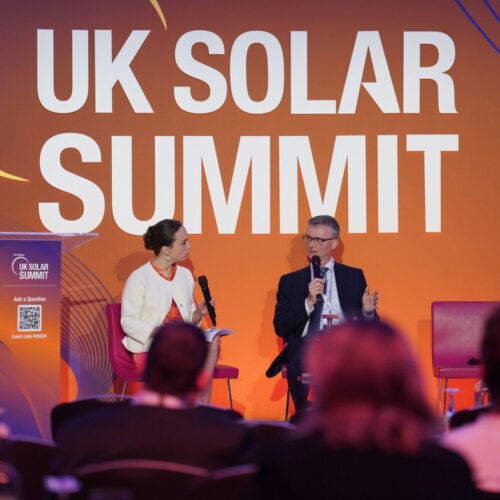The National Infrastructure Commission (NIC) has placed carbon as one of the three biggest threats posed to the country’s prosperity and quality of life over the coming decades and laid the foundations for a series of new policy proposals in the power sector.
The consultation ‘Congestion, Capacity, Carbon: Priorities For National Infrastructure’ comes just a day after the release of the government’s Clean Growth Strategy, which set a pathway to how the UK will attempt to meet the demands of its upcoming carbon budget periods.
While it states that the document was written prior to the publication of the plan, NIC’s consultation covers much of the same ground but with the country’s infrastructure in mind. It claims there is “a particular gap” in policy tackling greenhouse gas emissions from road vehicles, whilst managing demands on the electricity grid, and from domestic heating.
The consultation argues that the lower cost of renewables and the increased capabilities of energy storage and demand management present an opportunity to transition to a low-carbon energy system more cheaply than predicted.
However, it warns that “done badly, it could lead to unnecessarily high costs”, adding “low cost, low carbon is the best industrial strategy for energy”.
Thus far “government policies have not implemented to enable a lowest cost transition”, it continues, and the NIC will now consider proposals for recommendations to government for doing so.
Lord Adonis, chairman of the National Infrastructure Commission, said: “We have a proud history in this country of delivering world-class infrastructure – but for years funding has been squeezed, policy decisions have been erratic and the network is showing signs of age and strain…residents of our great cities will suffer unless we do something to improve air quality.
“We cannot afford to sit on our hands – ministers must act now…if we are to have infrastructure fit for the future, supporting economic growth across the country.”
The imperative for a clear policy framework
A significant body of work will be done to try and repair the damage caused by “frequent, almost arbitrary changes in [government] policy… with numerous and sometimes conflicting aims”. The NIC will seek to provide recommendations to provide a clear focus on consistently applied, well-designed competitive mechanisms, which can deliver lower cost energy.
This is necessary, the report argues, to ensure that the substantial capital investment needed to transform the energy system is not turned away by “unnecessary uncertainty”.
The commission therefore wants to consider a number of principles related to this, including technology neutrality. It states all low carbon technologies should be able to access the same markets and compete on an equal basis for contracts, as far as possible.
This flies in the face of government policy announced yesterday which leaves solar as the only renewable energy generator not able to access some form of large scale subsidy, after onshore wind was let back into the CfD mechanism in island locations.
Other efforts to secure low cost carbon energy with certainty will include investigation around optimal length of contracts, which should reflect the need to retain flexibility in the future development of the electricity market; equal treatment for small and large generators in accessing subsidies; and cost recovery.
The latter would see all generation and demand exposed to the consequences of their actions, and benefit from reducing or avoiding those impacts. However, the Commission notes that it is likely that managing these costs at system level will be more efficient than each participant doing so individually.
This taps into the work underway at Ofgem and National Grid to more evenly spread costs across transmission and distribution networks following the rise of renewable energy connections to the smaller, regional networks.
A revolution in road transport
The NIC will also consider how best to tackle the growing number of electric vehicles on UK roads, which will need “the right infrastructure” to allow widespread uptake, while managing the challenges this presents for the energy system.
Smart chargers are set to feature heavily in this work due to their ability to adjust the rate or timing at which a vehicle is charged in the light of wider pressures on the electricity distribution network. This could see the technology potentially even provide power back into the grid during periods of peak demand and significantly reduce the cost of network upgrades.
As well as the types of chargers, NIC will seek to address their locations and has put forward suggestions around on-street or lamp post-based charging; charging infrastructure in new housing and commercial development; and ensuring rural areas are included in a national charging network.
“Electricity requirements will need to be considered, as will the impact on electricity distribution networks, and storage opportunities offered by electric vehicle batteries,” the consultation adds.
The Commission’s final Assessment, drawing upon responses to this consultation, will be published in 2018, setting out recommendations for how to do this.






